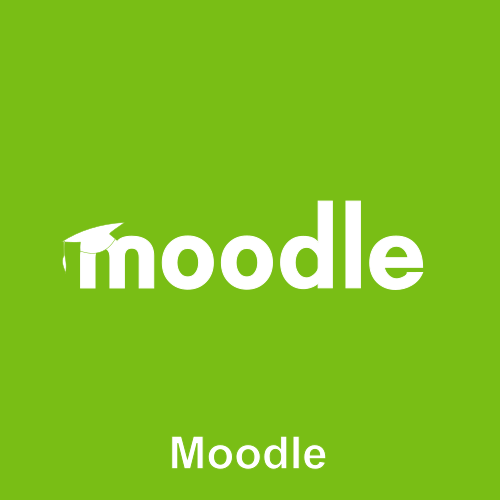What is Moodle used for?
Moodle is an open-source software platform that serves as a course management and e-learning environment. Its primary purpose is to provide an online environment for education and course management, especially in the form of distance learning. Moodle serves as a supporting tool for UIS.
Moodle allows teachers to create and manage courses, incorporating various types (including interactive) study materials such as texts, presentations, videos, tests, or discussion forums. Students can then enroll in courses, communicate with teachers and peers, study course content, and submit their work online. Moodle also provides tools for student assessment, progress tracking, and result display. However, the final assessment must still be entered into UIS.
One of the advantages of Moodle is the portability and reusability of courses, where you can easily archive old courses and copy content into new ones. You can also combine the requirements of two courses, for example, if you teach two related subjects in one semester, you can set prerequisites for activities so that students can complete both courses most efficiently. Another advantage is the countless modules that facilitate work with students, whether pre-installed or community-contributed.
Here you can find the official English documentation for Moodle!
Login
Login for both teachers and students is done through the Shibboleth service (SSO, UIS login credentials). A user account is created for users during their initial login.
We recommend all new users to go through the Moodle user guide, where we introduce you to the Moodle environment!
- Teachers must then request course creator rights from the helpdesk, where they must define the category in which they want to operate the course (e.g., LDF, AF, etc.).
- Students will either enroll using the code provided by the teacher for the course or sign up on their own if the course is open. More information in Moodle for Students.
